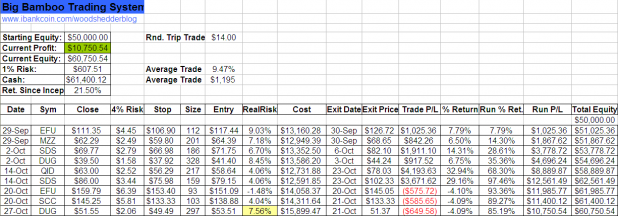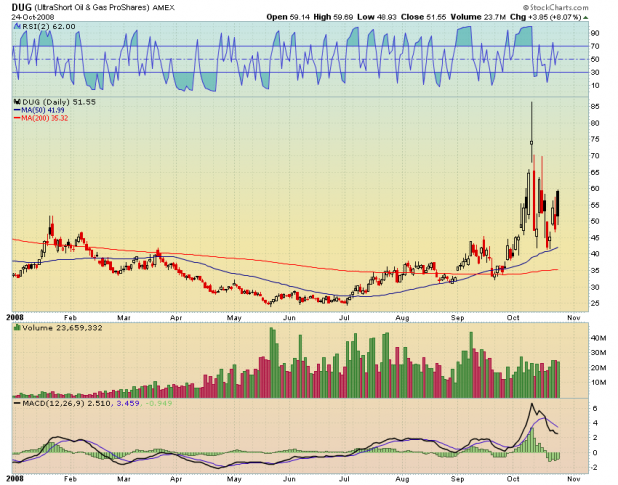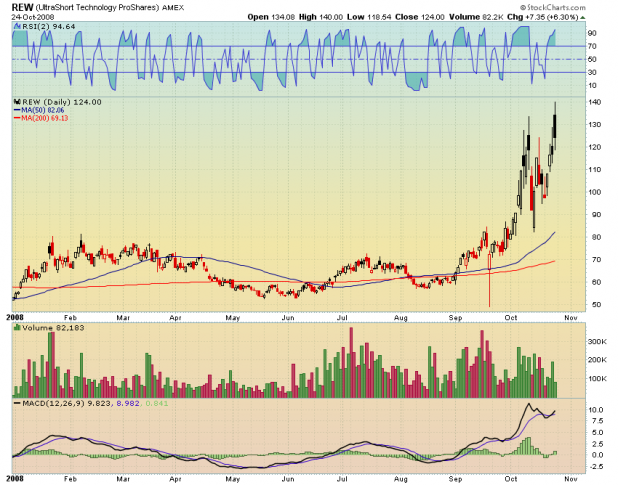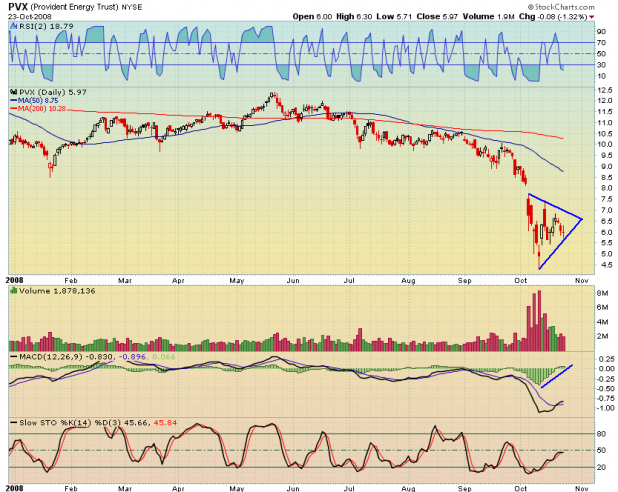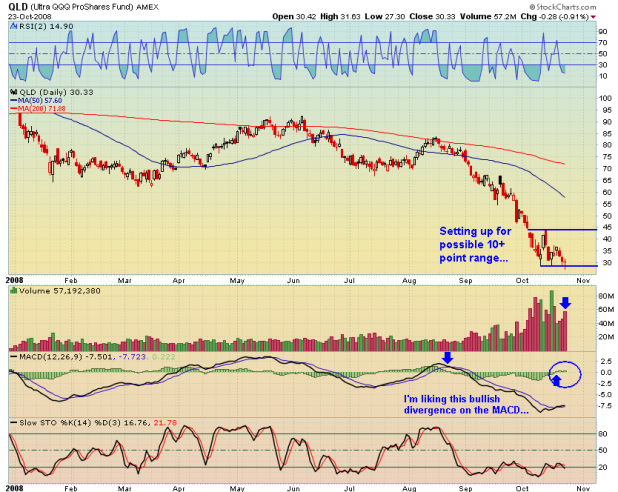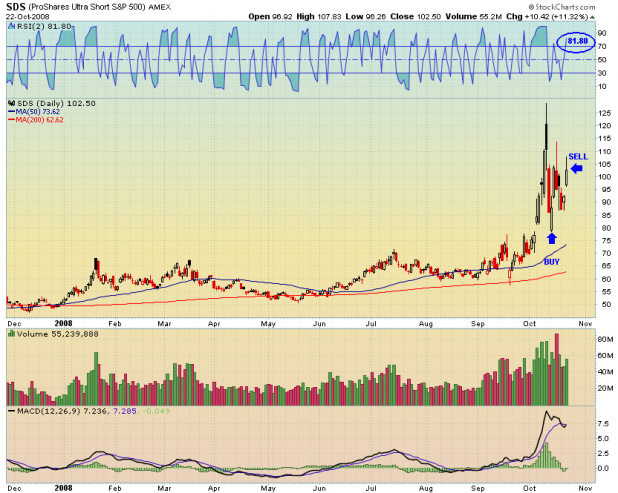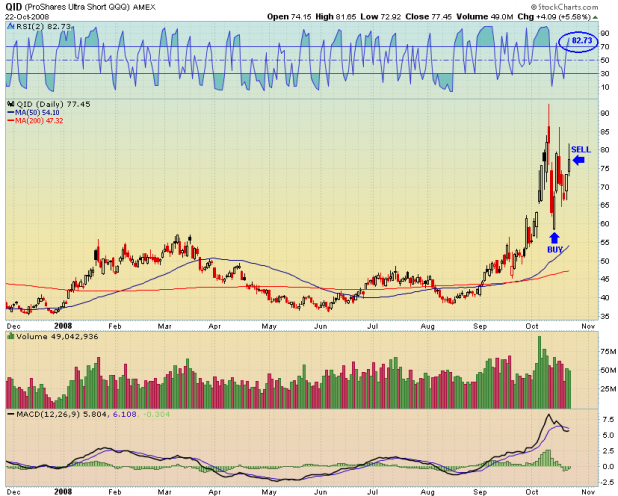In Part 1, I established that financial markets do not conform to a standard distribution. Thus, as most of the tools used for analysis of the markets require a standard distribution, they must be disposed of. Now is the time to change the way we think about, analyze, describe, and understand the financial markets. I am convinced that fractals hold the most promise for developing new tools with which to model financial markets.
Side Note: Michael Stokes from MarketSci Blog just published a similar, but better articulated piece on standard distributions and the markets. Fat Tails, Normal Distributions, Random Walks, and all that Jazz. Since his thoughts mirror mine, and are therefore somewhat self-similar and recursive, I thought it would be neat and geeky to link back in his blog in this post about fractals.
A fractal is generally “a rough or fragmented geometric shape that can be split into parts, each of which is (at least approximately) a reduced-size copy of the whole,”[1] a property called self-similarity. The term was coined by Benoit Mandelbrot in 1975 and was derived from the Latin fractus meaning “broken” or “fractured.”
A fractal often has the following features:[2]
- It has a fine structure at arbitrarily small scales.
- It is too irregular to be easily described in traditional Euclidean geometric language.
- It is self-similar
Because they appear similar at all levels of magnification, fractals are often considered to be infinitely complex (in informal terms). Natural objects that approximate fractals to a degree include clouds, mountain ranges, lightning bolts, coastlines, and snow flakes.
Fractals in Nature (from Wikipedia Fractals)
Approximate fractals are easily found in nature. These objects display self-similar structure over an extended, but finite, scale range. Examples include clouds, snow flakes, crystals, mountain ranges, lightning, river networks, cauliflower or broccoli, and systems of blood vessels and pulmonary vessels. Coastlines may be loosely considered fractal in nature.
Trees and ferns are fractal in nature and can be modeled on a computer by using a recursive algorithm. This recursive nature is obvious in these examples. A branch from a tree or a frond from a fern is a miniature replica of the whole: not identical, but similar in nature.

A fractal that models the surface of a mountain (animation)

A fractal fern computed using an Iterated function system

Fractal Cauliflower
The Mandelbrot Set
Perhaps the most famous of all fractals are the computer generated ones often found in art, screen savers, album covers, and t-shrits. These fractals are typically generated by the Mandelbrot Set, named after Benoit Mandelbrot. The Mandelbrot Set has become popular outside mathematics both for its aesthetic appeal and for being a complicated structure arising from a simple definition.




Even 2000 times magnification of the Mandelbrot set uncovers fine detail resembling the full set.
What Does This All Have to Do With Market Crashes?
At this point, I’m sure fractals seem to have very little relationship to markets and market crashes. While I had hoped to have covered fractals in one article, it appears I’m going to have to flesh out fractals in 2 parts.
For now, the two most important things to remember about fractals (and the financial markets):
- They are self-similar.
- They are infinitely complex and complicated, yet can be described with simple definitions.
__________________________________________________________________________________________________
A good portion of this piece is from various Wikipedia articles. I believe I have linked to the appropriate pages to give credit where it is due.
For the ultimate web-based guide to fractals, one must visit the site of Michael Frame, Benoit Mandelbrot, and Nial Neger Fractal, housed at Yale. This is a fantastic resource.
1. Mandelbrot, B.B. (1982). The Fractal Geometry of Nature. W.H. Freeman and Company.
2. Falconer, Kenneth (2003). Fractal Geometry: Mathematical Foundations and Applications. John Wiley & Sons, Ltd., xxv.
Comments »

